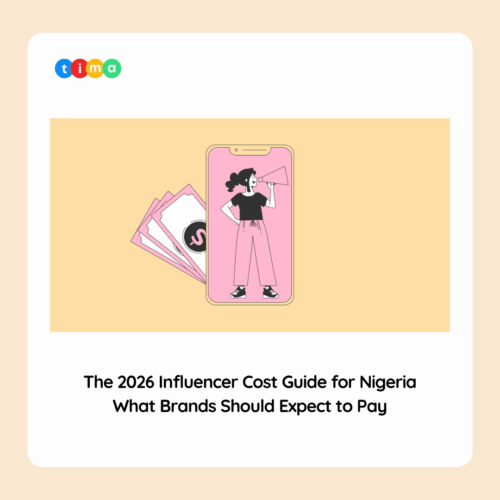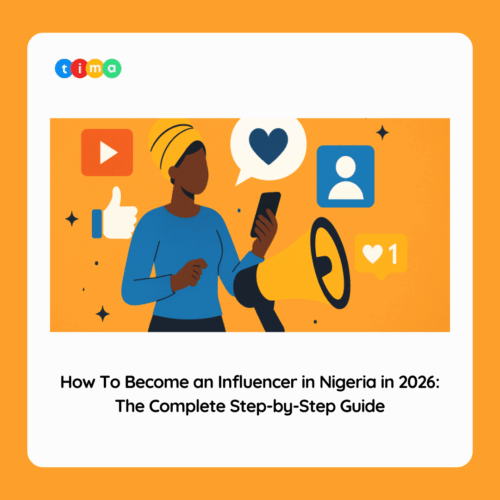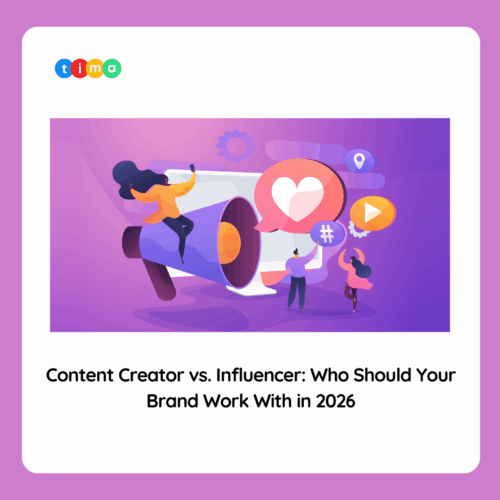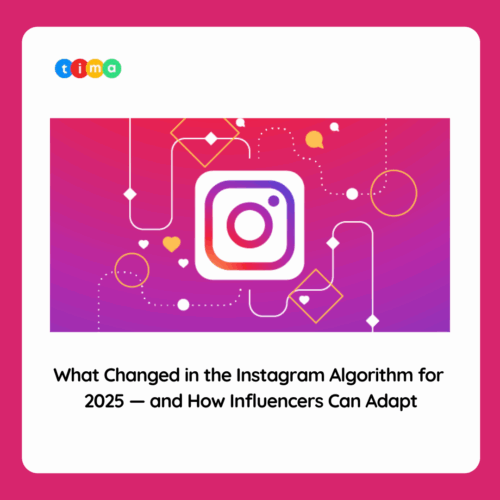Influencer marketing has emerged as a highly successful strategy for brands to connect with their target audience and boost engagement. The statistics speak for themselves: brands are making more than 5 times their investment when collaborating with influencers. However, the key to success lies in choosing the right type of influencer for your brand. In this article, we will explore the five classes of influencers, ranging from mega-influencers to nano-influencers, and delve into the considerations that can help you make an informed decision aligned with your business goals.
1. Mega-Influencers:
With a follower count exceeding one million, mega-influencers are the celebrities of the social media world. These individuals are highly visible and active on platforms where their massive audience congregates. While they offer unparalleled reach, it’s essential to consider the engagement rate. Studies have revealed that the engagement rate tends to decrease as an influencer’s follower count rises. For instance, Instagram influencers with over 10 million followers exhibit an engagement rate as low as 1.6 percent.
Points to consider:
- Mega-influencers provide extensive reach but may not guarantee high engagement.
- The cost of collaboration with mega-influencers can be substantial, making it imperative to assess the return on investment.
2. Macro-Influencers:
Positioned between mega and mid-tier influencers, macro-influencers have a follower count ranging from 500,000 to 1 million. This category may include celebrities, TV personalities, athletes, or thought leaders. Despite a smaller audience than mega-influencers, brands can still expect a significant reach, albeit at a lower price point. However, the follower-to-engagement ratio remains a crucial factor influencing the effectiveness of the collaboration.
Points to consider:
- Macro-influencers offer a balance between reach and engagement.
- Content from macro-influencers tends to be more professional-looking, catering to a potentially different audience.
3. Mid-Tier Influencers:
Mid-tier influencers occupy the sweet spot with follower counts ranging from 50,000 to 500,000. While not reaching celebrity status, they are powerful content creators trusted by their followers. This group provides brands with a broad reach and slightly higher engagement compared to macro- or mega-influencers. The content is polished yet relatable, contributing to authenticity and familiarity in each post.
Points to consider:
- Mid-tier influencers have likely built their audience gradually, gaining valuable experience and connections with their followers.
- The balance between reach and engagement makes mid-tier influencers an attractive option for various brands.
4. Micro-Influencers:
Micro-influencers, with follower counts ranging from 10,000 to 50,000, offer a more intimate connection with their audience. Brands often find this group highly effective in terms of engagement and trust. The key lies in the niche focus and the genuine relationship micro-influencers have with their followers. Studies indicate that 82% of consumers are more likely to purchase a product recommended by a micro-influencer.
Points to consider:
- Micro-influencers may have a smaller reach, but their engagement and trust levels are often higher.
- Content from micro-influencers tends to be less polished, providing an authentic touch that resonates with their audience.
5. Nano-Influencers:
With follower counts ranging from 1,000 to 10,000, nano-influencers may have the smallest reach, but they offer unique advantages. Boasting the highest engagement rate among classes of influencers at 8.8%, nano-influencers provide hyper-authentic and personalized content. This level of authenticity can create a different brand experience for the audience. Additionally, nano-influencers are often more cost-effective, making them an ideal choice for brands with limited resources.
Points to consider:
- Nano-influencers offer a modest reach but can provide exceptional engagement rates.
- Some nano-influencers may not charge brands, making them a cost-effective option for brands on a budget.
In conclusion, choosing any of the classes of influencers depends on your brand’s specific goals, target audience, and budget constraints. Mega-influencers offer unparalleled reach but may come with a hefty price tag. Macro and mid-tier influencers strike a balance between reach and engagement, while micro and nano-influencers excel at building trust through their authentic content. Understanding the nuances of each influencer class will enable brands to make informed decisions and harness the full potential of influencer marketing.









